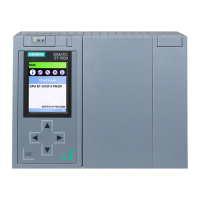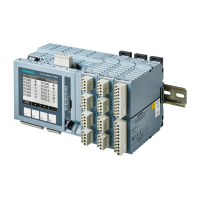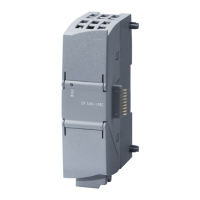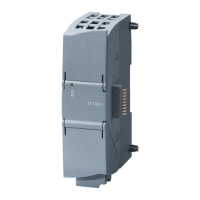Introduction to CPU 410-5H
2.10 Scaling and licensing (scaling concept)
CPU 410-5H Process Automation/CPU 410 SMART
30 System Manual, 10/2013, A5E32631667-AA
Scaling and licensing (scaling concept)
License management
License objects are process objects (PO) and their associated runtime licenses (RT-PO).
When a PCS 7 application is created, the PCS 7 system determines the number of POs that
corresponds to the scope of this application. A PCS 7 application requires a certain number
of POs and the system expansion cards of the associated CPU 410-5H must have the same
(or greater) number of POs. To run the PCS 7 application, a quantity of runtime licenses
corresponding to the PO quantity must also be available.
The CPU is scaled by means of the system expansion card, which means the system
expansion card determines the maximum quantity of POs. The CFC counts and manages
the POs used in the application. The number of POs that can be loaded to the CPU is limited
to the amount specified by the system expansion card.
Expansion of a PCS 7 project
When you expand a PCS 7 project and load it in the CPU, a check is made to determine
whether the project can run in the CPU with the current number of POs.
Use of the system expansion card
The number of POs of a CPU 410-5H is stored on a system expansion card (SEC). You
insert the SEC in a slot on the back of the CPU before commissioning the CPU. The SEC
contains information that specifies the performance class of the CPU in terms of the amount
of POs it supports. The system expansion card is an essential part of the CPU hardware.
Without a system expansion card, the CPU cannot be operated. If an SEC is not detected,
the corresponding CPU goes to STOP. A loss of synchronization is triggered in the fault-
tolerant system, in which a start-up block prevents automatic reconnection.
Boundary conditions for the use of an SEC
● The CPU 410-5H cannot be operated without an SEC.
● You cannot operate two CPUs 410-5H redundantly with two different SECs.
● To replace the SEC, the CPU must be removed, which also results in the deletion of the
user program on the CPU.

